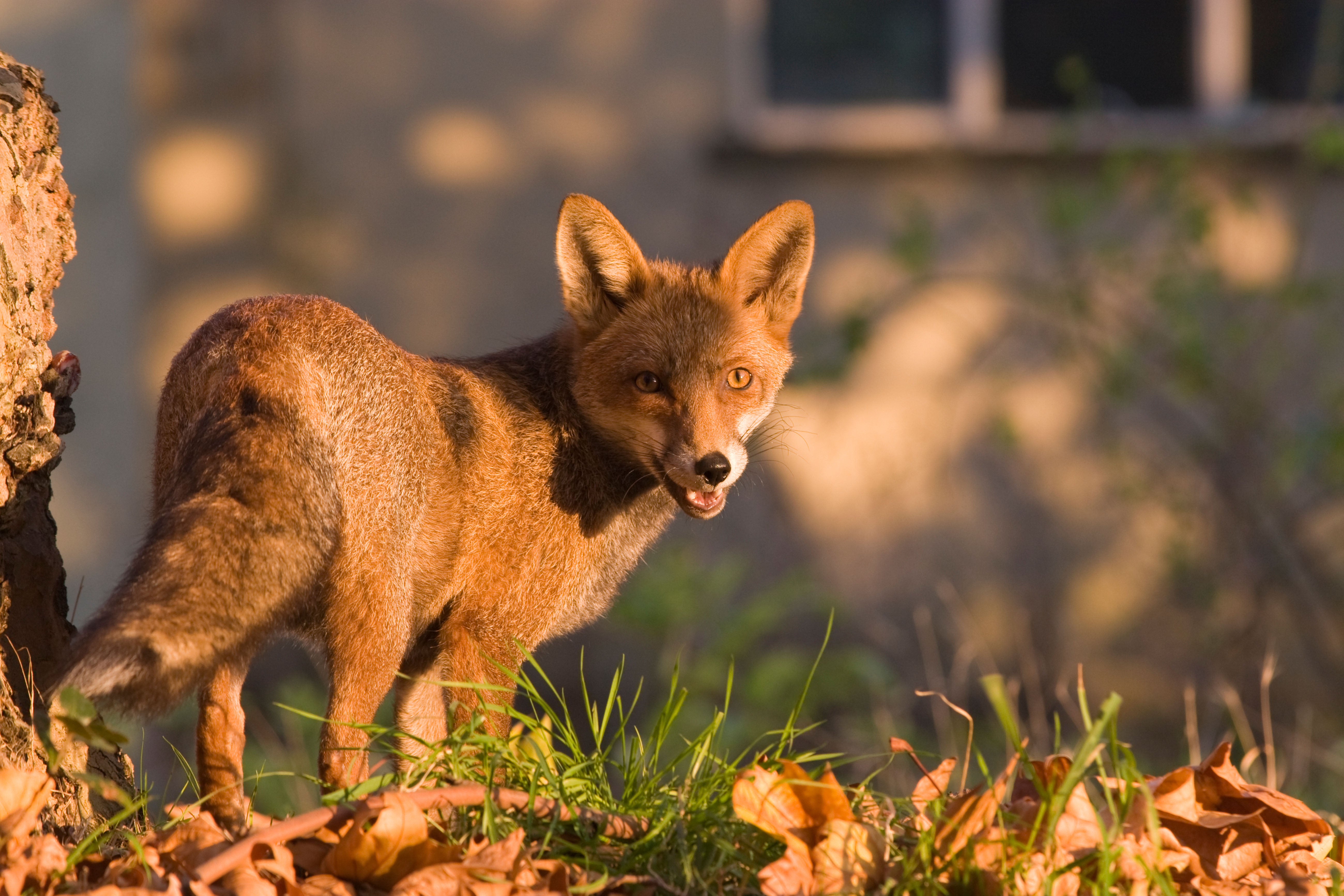Rewilding in cities can tackle climate-driven heatwaves and floods – ZSL
Bringing natural processes back to urban areas at scale can also boost wildlife and improve people’s health and wellbeing, a report said.

Your support helps us to tell the story
From reproductive rights to climate change to Big Tech, The Independent is on the ground when the story is developing. Whether it's investigating the financials of Elon Musk's pro-Trump PAC or producing our latest documentary, 'The A Word', which shines a light on the American women fighting for reproductive rights, we know how important it is to parse out the facts from the messaging.
At such a critical moment in US history, we need reporters on the ground. Your donation allows us to keep sending journalists to speak to both sides of the story.
The Independent is trusted by Americans across the entire political spectrum. And unlike many other quality news outlets, we choose not to lock Americans out of our reporting and analysis with paywalls. We believe quality journalism should be available to everyone, paid for by those who can afford it.
Your support makes all the difference.Rewilding in cities could protect people against the rising threat of floods and heatwaves at the same time as boosting wildlife, a new report said.
Researchers from the Zoological Society of London (ZSL) said rewilding urban areas at scale could help tackle the climate and nature crises in a “low-cost, hands-off way” at the same time as improving people’s health and wellbeing.
But it has to be done carefully to ensure communities are on board and that risks such as the spread of invasive species, conflicts between people and wildlife and only making green spaces accessible to the wealthy are avoided.
Rewilding is about reinstating natural processes so that nature can look after itself without much management in the long term.
People mostly think of rewilding as something that happens in the countryside, with farmland left to return to scrub, woodland and grassland which is grazed by hardy cattle, ponies and pigs, or beavers reintroduced to recreate wildlife-rich wetlands.
But there are also opportunities for giving nature freer rein in more situations across cities, the report from ZSL says.
This could include less management and wilder areas in parks, cemeteries and along railway lines, and letting nature take over former industrial sites.
Rivers could be taken out of the culverts they have been buried in or allowed to become lined with vegetation while the barriers that halt fish movements could be removed.
Residents can even do their bit, by leaving part of their own gardens wild and avoiding artificial lawns and pesticides.
The large-scale rewilding of urban spaces including creating nature corridors and wild spaces around city infrastructure is something that has so far been relatively overlooked
Globally, some two-thirds of people are set to live in cities and other areas by 2050.
In the face of climate change they are at increasing risk of heatwaves made worse by heat trapped among buildings and paved areas, and flash floods from more heavy rain that has nowhere to go.
Rewilding in cities can tackle these impacts with more diverse greenery and space for water, which cools the air and absorbs rainfall, and also cuts air pollution and provides habitat for wildlife to live and move through.
It can also link people up with nature again, improve health and well being and even boost local economies as they attract visitors to see wildlife and enjoy the outdoors , the report argues.
The study points to the work ZSL has done in its own car park at London Zoo, ending mowing of the grass, allowing trees to seed and coppicing them for feed for animals at the zoo and managing the bramble thickets to provide nesting sites for hedgehogs, which thrive there now.
It also raises the possibility of reintroducing species such as Eurasian beavers.
Beavers have already started to return to urban areas in the UK, such as the northern edge of London, where the “ecosystem engineers” have been reintroduced by Enfield Council and Capel Manor College into a woodland enclosure.
It is hoped their activities building dams and creating localised wetlands will boost wildlife and slow the flow of water to reduce flooding in urban areas of the borough, as climate change brings more heavy rain to the capital.
Lead author and climate and biodiversity expert at ZSL’s Institute of Zoology, Dr Nathalie Pettorelli said: “Wildfires, floods and heatwaves across the world have brought the climate crisis to the fore for many people this year.
“The interconnection of the climate crisis with the loss of nature is thankfully now widely recognised and rewilding is an approach being increasingly embraced.
“However, the large-scale rewilding of urban spaces including creating nature corridors and wild spaces around city infrastructure is something that has so far been relatively overlooked as part of the solution.”
She said the report laid out a roadmap for rewilding cities, which she said was a “high-impact solution to jointly address the climate and biodiversity loss crises in a low cost, ‘hands off’ way”.
She said: “Giving nature freer rein across our cities could not only help to buffer them against extreme climatic events such as storms, floods and heat waves by helping to cool them down and create natural flood defences but also help boost urban wildlife via habitat creation. ”
But she warned it needed to be done with expert guidance as “well-meaning but misguided” attempts could harm wildlife and threaten public health through the introduction of invasive species.
Some people may see wilder areas in parks as unkept or attracting fly-tipping, while “green gentrification” – where improving the natural environment in a city area can increase investment and property prices- could push disadvantaged people out, the report warns.